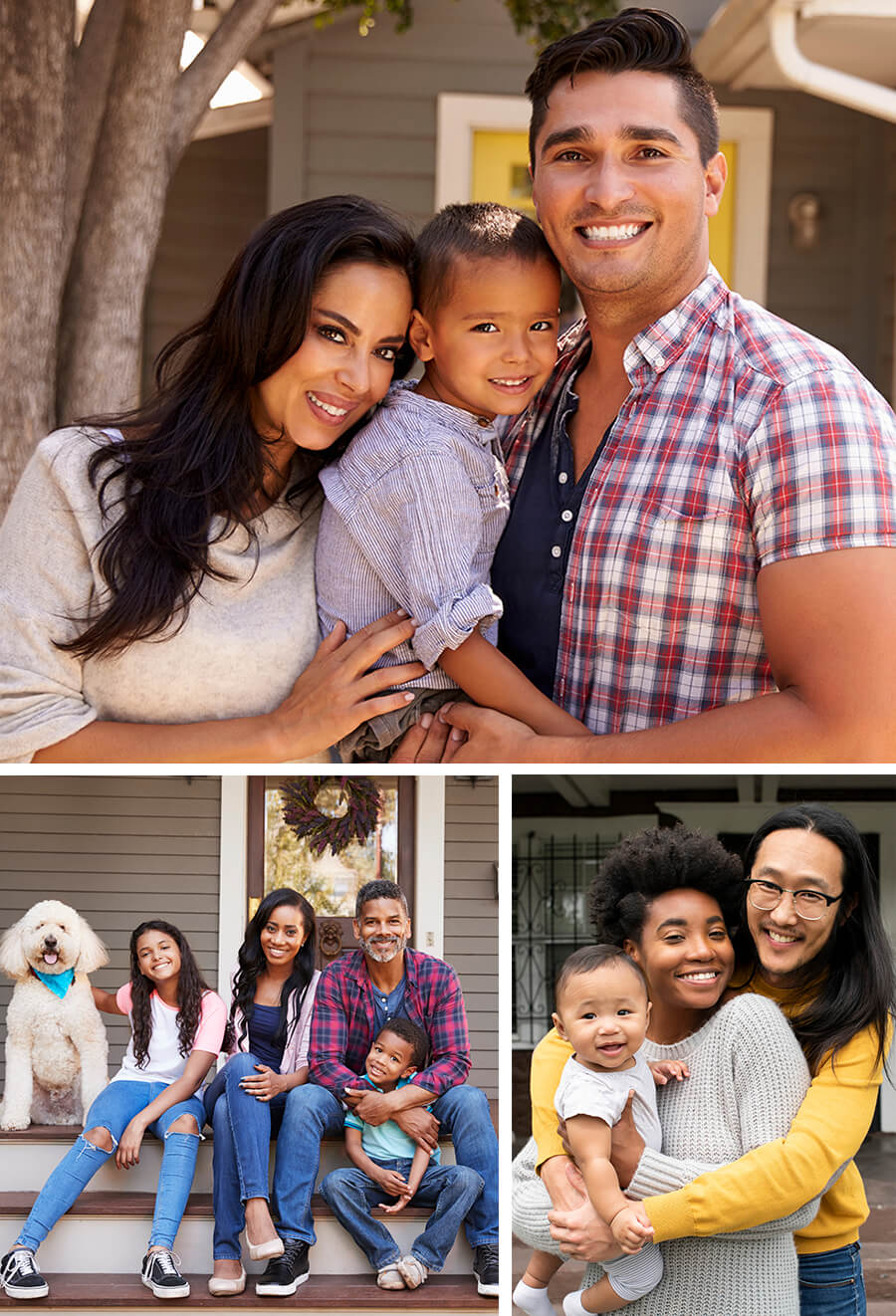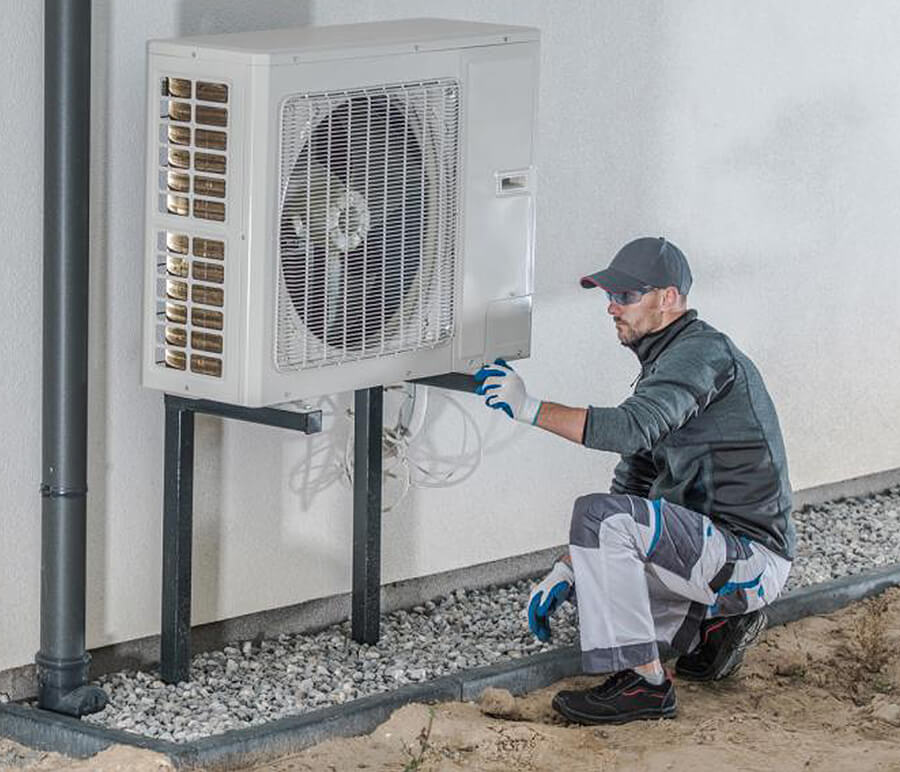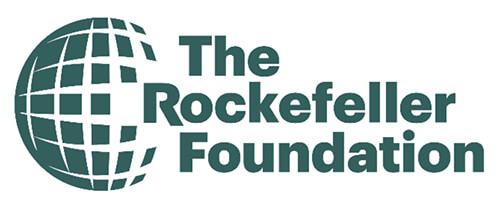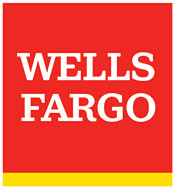
What is the Playbook?
This resource is designed as a tool for program administrators at community-based organizations (CBO) and government offices seeking to establish, improve, or expand building energy upgrade programs for low- and moderate-income housing in their communities.1Building energy upgrades (used interchangeably in this resource with the term "retrofits") are improvements to existing buildings to improve energy efficiency (including through weatherization), reduce greenhouse gas emissions, and/or increase climate resilience. 2Generally, a low-income household is one for which household income is less than 50 percent of the area median income. A moderate-income household is one for which household income is at least 50 percent and less than 80 percent of the area median income. The area median income (AMI) is the midpoint income for a region. The Playbook aims to help ensure that such programs are community led, easy to use, and able to accelerate equitable decarbonization across the country.3Decarbonization encompasses strategies for reducing building-related carbon emissions. Key approaches include energy efficiency, beneficial electrification, distributed generation (e.g., solar), and/or use of carbon-free fuels. Beyond reduced greenhouse gas emissions, other benefits may include improved indoor air quality, reduced utility bills, and greater ease of maintenance.
How does the Playbook work?
The Playbook is organized in three sections: Planning an Equitable Engagement Process, Identifying Your Community and Upgrade Priorities, and Crafting a Well-Designed and Equitable Program.
Each of the three sections provides foundational information, followed by actions that program designers can take. The Playbook also follows each of the 12 actions with a set of best practices that can help administrators ensure that programs achieve lower energy bills and contribute to greenhouse gas (GHG) emission reductions, racial and social equity, improved health outcomes, and local economic development. For each of the best practices, we link to case studies, tools, and other resources.
Although we include many highly recommended actions and best practices in this list, Residential Retrofits for Energy Equity (R2E2) recognizes there is no one-size-fits-all solution to creating an equitable retrofit program. Programs succeed by responding thoughtfully and carefully to a given community's capacity, needs, and context. Generally, however, the more a program incorporates these best practices, the stronger that program will be.
For more information about R2E2, please visit our website to find out about events, new resources, and other opportunities.

The Opportunity
Households in disadvantaged and low-income communities across the United States are disproportionately affected by the damaging impacts of climate change, unsafe or unhealthy housing conditions, and unaffordable housing costs.4American Council for an Energy-Efficient Economy. 2024. "Energy Burden Research." Accessed February. aceee.org/energy-burden.5R2E2 defines "disadvantaged communities" as communities that have historically been underserved by housing and clean energy investments. These communities include Black communities, Indigenous communities, people of color, low-income individuals, youth, older adults, recently arrived immigrants, people with limited English proficiency, and people with disabilities. See: American Council for an Energy-Efficient Economy. 2024. "Energy Burden Research." Accessed February. aceee.org/energy-burden. 6Desmond, Matthew. 2023. Poverty, By America. New York: Crown Publishing. Moreover, high energy costs are a key element of what makes housing unaffordable.
- Nationally, 67% of households with low incomes face a high energy burden because they spend more than 6% of their income on energy bills.
- Of households with high energy burdens, 60% face a severe energy burden because they spend more than 10% of their income on energy bills.
- These burdens are disproportionate: Black, Hispanic, Native American, older adult households, and families residing in low-income multifamily housing, manufactured housing, and older buildings experience higher energy burdens.7Ariel Drehobl, Lauren Ross, and Roxana Ayala. 2020. " How High Are Household Energy Burdens?" Washington, D.C.: American Council for an Energy-Efficient Economy. Aceee.org/sites/default/files/pdfs/u2205.pdf.

Programs to address these challenges and improve the efficiency of low-income homes fall far short of the need.
- Roughly 27.5% of all U.S. households have low incomes, these households receive only about 13% of spending from efficiency programs administered by electric and gas utilities. While an estimated 36 million U.S households are eligible for the nation's largest efficiency program for households with low incomes—the federal Weatherization Assistance Program—the program has served only seven million households over the past 40 years.8Diana Morales and Steven Nadel. 2022. "Meeting the Challenge: A Review of Energy Efficiency Program Offerings for Low-Income Households." Washington, DC: American Council for an Energy-Efficient Economy. Aceee.org/sites/default/files/pdfs/u2205.pdf.9Ariel Drehobl, Lauren Ross, and Roxana Ayala. 2020. " How High Are Household Energy Burdens?" Washington, DC: American Council for an Energy-Efficient Economy. Aceee.org/sites/default/files/pdfs/u2205.pdf.
New approaches are needed, and community-driven planning can help reimagine how we design and implement solutions.
- By leveraging federal funding from the Inflation Reduction Act (IRA), communities have a unique opportunity to stand up and redesign building energy upgrade programs that address persistent inequities and lead to healthier and more-affordable housing, reduced energy burdens, new economic opportunities for workers and small business owners, and reduced emissions across the country.
- 1Building energy upgrades (used interchangeably in this resource with the term "retrofits") are improvements to existing buildings to improve energy efficiency (including through weatherization), reduce greenhouse gas emissions, and/or increase climate resilience.
- 2Generally, a low-income household is one for which household income is less than 50 percent of the area median income. A moderate-income household is one for which household income is at least 50 percent and less than 80 percent of the area median income. The area median income (AMI) is the midpoint income for a region.
- 3Decarbonization encompasses strategies for reducing building-related carbon emissions. Key approaches include energy efficiency, beneficial electrification, distributed generation (e.g., solar), and/or use of carbon-free fuels. Beyond reduced greenhouse gas emissions, other benefits may include improved indoor air quality, reduced utility bills, and greater ease of maintenance.
- 4American Council for an Energy-Efficient Economy. 2024. "Energy Burden Research." Accessed February. aceee.org/energy-burden.
- 5R2E2 defines "disadvantaged communities" as communities that have historically been underserved by housing and clean energy investments. These communities include Black communities, Indigenous communities, people of color, low-income individuals, youth, older adults, recently arrived immigrants, people with limited English proficiency, and people with disabilities. See: American Council for an Energy-Efficient Economy. 2024. "Energy Burden Research." Accessed February. aceee.org/energy-burden.
- 6Desmond, Matthew. 2023. Poverty, By America. New York: Crown Publishing.
- 7Ariel Drehobl, Lauren Ross, and Roxana Ayala. 2020. " How High Are Household Energy Burdens?" Washington, D.C.: American Council for an Energy-Efficient Economy. Aceee.org/sites/default/files/pdfs/u2205.pdf.
- 8Diana Morales and Steven Nadel. 2022. "Meeting the Challenge: A Review of Energy Efficiency Program Offerings for Low-Income Households." Washington, DC: American Council for an Energy-Efficient Economy. Aceee.org/sites/default/files/pdfs/u2205.pdf.
- 9Ariel Drehobl, Lauren Ross, and Roxana Ayala. 2020. " How High Are Household Energy Burdens?" Washington, DC: American Council for an Energy-Efficient Economy. Aceee.org/sites/default/files/pdfs/u2205.pdf.








